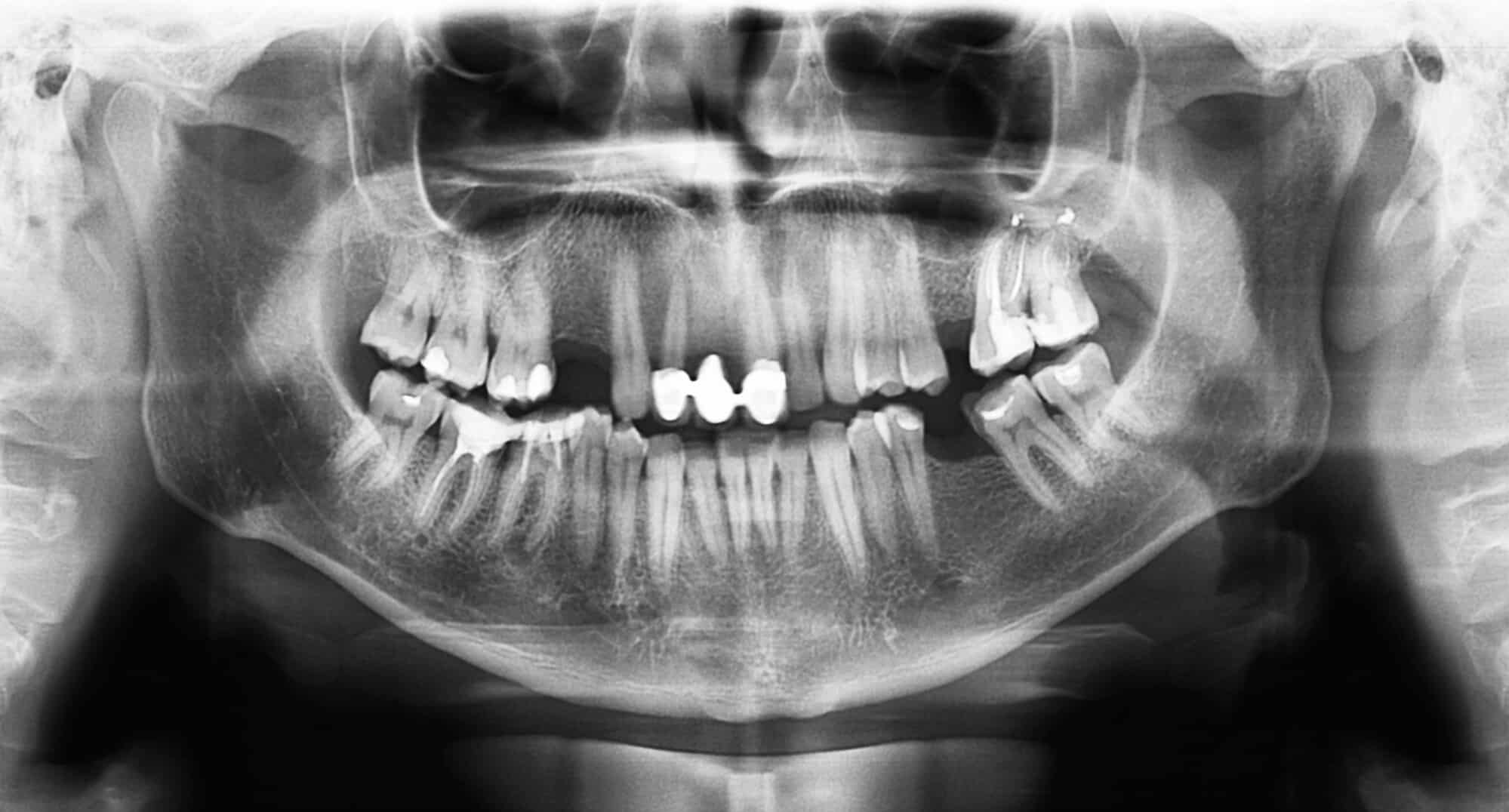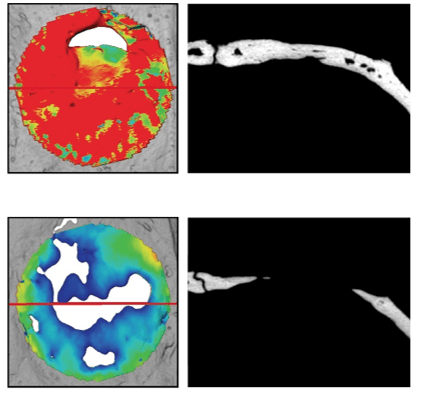Researchers have succeeded in reconstructing jawbones using a unique gel that mimics the bone's natural environment

When we suffer from a small bone defect, for example in the case of a fracture, our body knows how to regenerate the bone. The problem starts with big flaws. In many patients who have undergone the removal of a cancerous tumor, significant trauma, tooth extractions or who suffer from gum disease and inflammation around dental implants, the bone is unable to regenerate naturally. A cutting-edge technology developed at Tel Aviv University will allow reconstruction following a missing bone, using a special hydrogel that encourages regeneration of the tissue. The new development has practical clinical applications in the field of orthopedics and dentistry. The technology is expected to move to clinical trials in humans.
Full restoration of bones naturally and safely
The study included a team of experts From the Morris and Gabriela Goldschlager School of Dentistry at the Sackler Faculty of Medicine, led by Prof. Lehi Adler-Abramovich and Dr. Michal Halperin-Sternfeld, and in collaboration with Prof. Yitzhak Binderman, Dr. Racheli Sharig and Dr. Moran Aviv. Researchers from Ann Arbor University in Michigan also participated in the study. The study was published in the Journal of Clinical Periodontology.
The researchers explain that the extracellular matrix is the material that surrounds our cells and provides them with structural support. Every tissue in our body has an extracellular matrix composed of other materials and different mechanical properties, as do bones. "We have developed a synthetic hydrogel, which imitates the natural substances in the extracellular matrix of bones in such a way that encourages its growth and actually succeeds in activating the immune system so that it encourages the healing process," explains Prof. Adler-Abramovitz and adds "Obviously, the extracellular matrix Thai actually hardens her a lot. We created the gel in such a way that it played this specific matrix, both chemically and physically. At the nanometric level, the gel allows the cells to adhere, support themselves and receive all the mechanical signals from the fibers."

First, the researchers grew cells in XNUMXD to test the gel's properties. In a second step, they tested the effect of the gel on model animals that suffered from a large defect, which could not be healed naturally. "For two months we monitored the model animals, among other things using Micro CT, and to our delight we saw a complete reconstruction of the bones: closure of the defect and restoration of the original bone thickness with the creation of new blood vessels" explains Prof. Adler-Abramovitz.
According to her, "The standard treatment when we lose teeth due to extensive destruction or bacterial infection is the implantation of dental implants. The problem is that you need enough bone to anchor the implant. If there is not enough bone, in the clinic it is customary to take bone from a healthy area of the body and implant it in the area that needs to be regenerated, which is of course a complex and lengthy medical procedure. The alternative is bone substitutes from other human or animal sources, which may cause an adverse immune response. In the future, I hope that the hydrogel we developed will enable a faster, safer and simpler recovery of the bone."
More of the topic in Hayadan:
